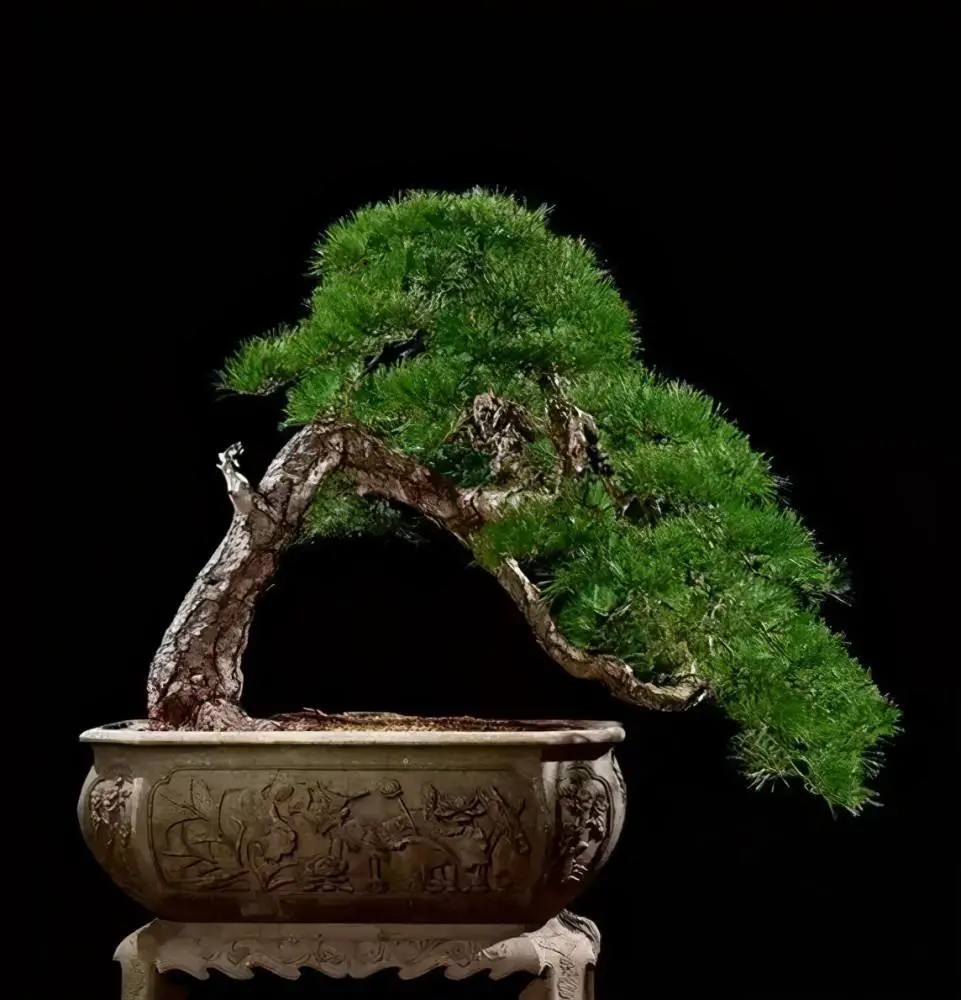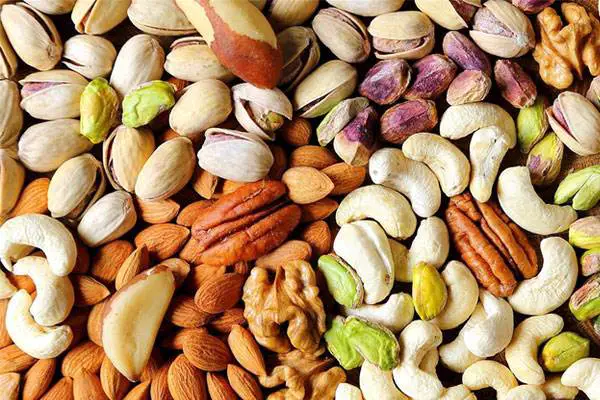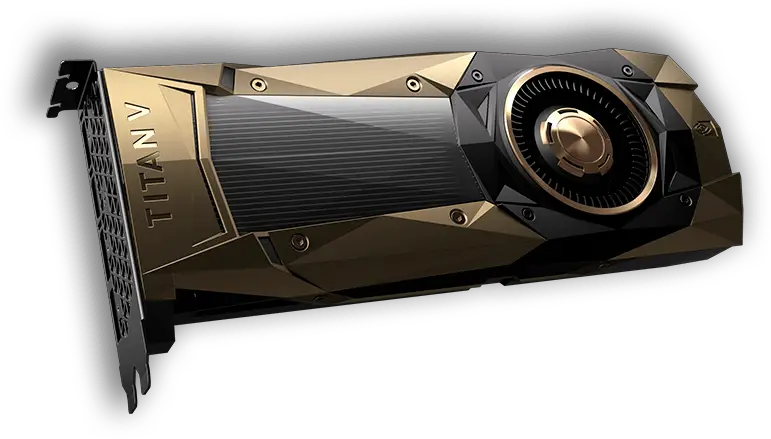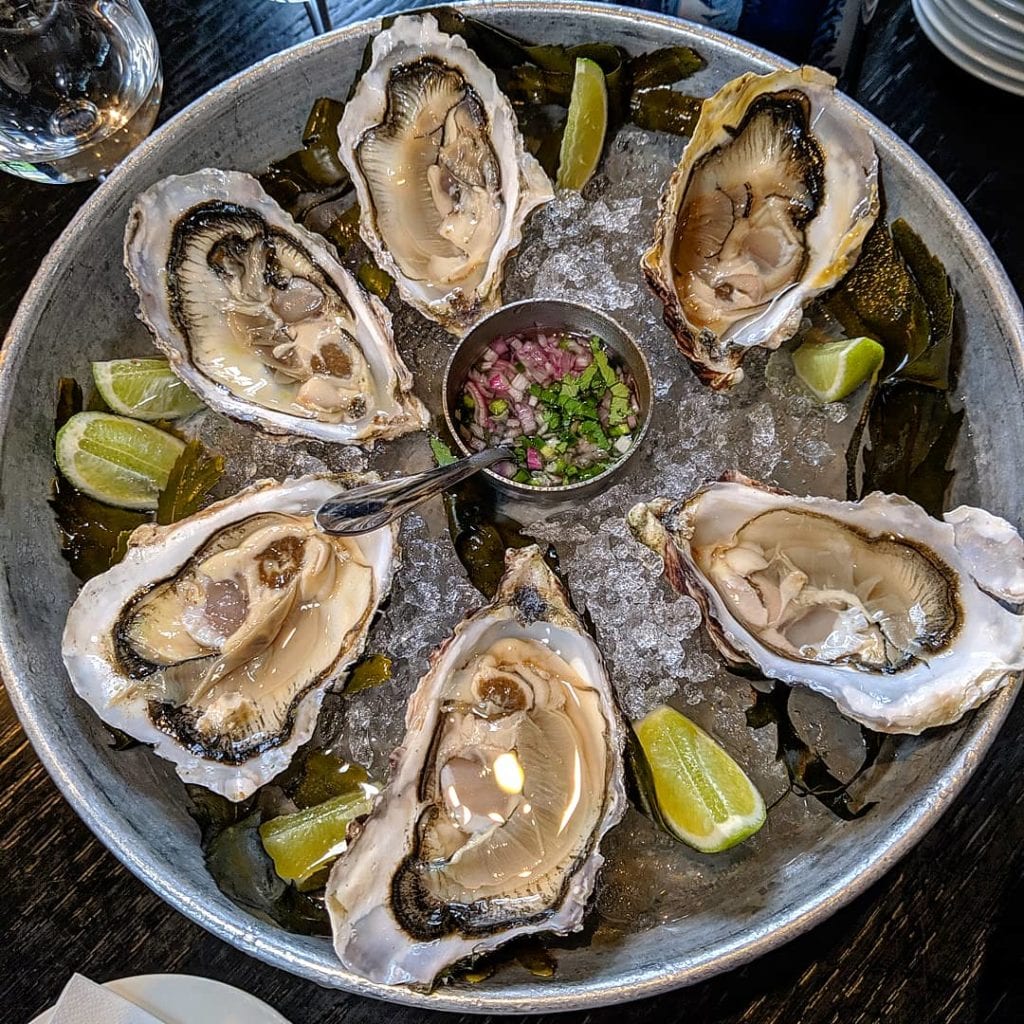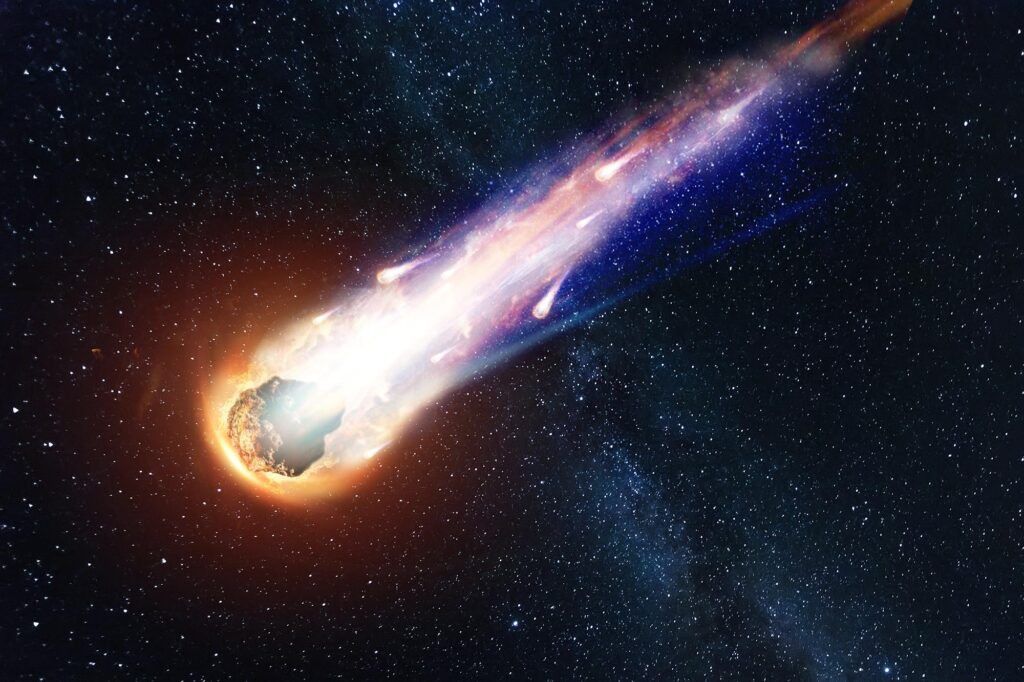Bonsai trees are miniature versions of real trees that are grown and shaped by skilled artists. They are not only beautiful but also very valuable. Some bonsai trees are worth hundreds of thousands of dollars, or even millions. In this article, we will take a look at 10 of the most expensive bonsai trees ever sold or displayed.
Ficus Retusa Linn – $91,000
This bonsai tree is not only expensive but also very old. It is estimated to be over 1,000 years old, making it the oldest bonsai tree in the world. It was originally grown in China, where it was called a penjing, which is the Chinese version of bonsai. It was later pruned by a Japanese bonsai master, Shotaro Kawahara, who gave it a more simple and elegant style. The tree is a Ficus Retusa, which is a type of fig tree that can grow in tropical and subtropical regions. It was displayed at the Crespi Bonsai Museum in Italy until it was reported stolen in 2019.
Kimura’s Zelkova Bonsai – $106,600
This bonsai tree is one of the most famous examples of the art, thanks to its unique appearance and symmetry. It was created by Masahiko Kimura, a renowned bonsai master from Japan. He used a technique called “deadwood carving” to create the hollow trunk and the dramatic curves of the branches. The tree is a Zelkova, which is a type of elm native to Asia and Europe. It is currently on display at the Omiya Bonsai Village in Japan.
Sargent Juniper Bonsai – $350,000
This bonsai tree is a masterpiece of realism and balance. It was created by John Naka, a Japanese-American bonsai artist who is considered one of the founding fathers of American bonsai. He started working on this tree in 1948 when he received a small cutting of a Sargent Juniper, which is a type of evergreen shrub native to Asia. He spent over 40 years shaping and refining the tree until it reached its perfect form. He named it Goshin, which means “protector of the spirit” in Japanese. He donated it to the National Bonsai & Penjing Museum in Washington, D.C., where it is still displayed today.
Brazilian Rain Tree Bonsai – $400,000
This bonsai tree is a stunning example of tropical beauty. It was grown from a small cutting by Budi Sulistyo, a bonsai artist from Indonesia. He spent 12 years cultivating and training the tree, which is a Brazilian rainforest tree, a type of legume that can grow in Central and South America. The tree has a thick and twisted trunk, and delicate green leaves that fold up at night or when it rains. It also produces fragrant white flowers and brown seed pods. The tree is valued at $400,000 and is one of the most popular bonsai subjects in the world.
Miyajima Japanese White Pine – $1.3 Million
This bonsai tree is a rare and ancient treasure. It is believed to be over 800 years old and has survived many wars and disasters. It was originally grown on the island of Miyajima, which is a sacred site in Japan. The tree is a Japanese White Pine, which is a type of conifer that can live for thousands of years. It was cultivated by several bonsai masters, including Kunio Kobayashi, who is one of the most respected bonsai artists in Japan. He won the prestigious Prime Minister Award four times for his bonsai creations. He displayed the tree at his nursery, Shunkaen, in Tokyo, where it was valued at $1.3 million.
Chinese Bird Plum Bonsai – $1.5 Million
This bonsai tree is a magnificent example of Chinese penjing. It is part of a landscape that consists of several trees, rocks, and miniature figurines, all arranged on a marble tray. The trees are Chinese Bird Plums, which are a type of flowering shrub that can produce small red fruits. The landscape was created by Yee-sun Wu, a wealthy businessman and penjing collector from Hong Kong. He started his collection in the 1930s and amassed over 600 penjing, some of which date back to the Ming Dynasty. His collection is now displayed at the Man Lung Art Museum in Hong Kong, where this landscape is valued at $1.5 million.
Shimpaku Juniper Bonsai – $1.8 Million
This bonsai tree is a masterpiece of simplicity and elegance. It was created by Masahiko Kimura, the same bonsai master who made the Zelkova bonsai. He used a Shimpaku Juniper, which is a type of evergreen shrub that is native to Japan and China. He shaped the tree into a graceful curve, with a single branch extending to the side. He also carved the trunk to create a smooth and shiny surface. The tree is planted in a blue glazed pot, which contrasts with the green foliage. The tree was sold at an auction in Japan for $1.8 million, making it one of the most expensive bonsai trees ever sold.
Red Pine Bonsai – $2.5 Million
This bonsai tree is a symbol of strength and resilience. It was grown from seed by a bonsai master named Kyuzo Murata, who was one of the most influential bonsai artists in Japan. He started working on this tree in 1940 when he was 20 years old. He spent over 70 years nurturing and shaping the tree, which is a Red Pine, a type of conifer that can grow in harsh conditions. The tree has a thick and rugged trunk and dense green needles. It also has a distinctive feature: a large hollow in the trunk, which was caused by a lightning strike. The tree survived the strike and continued to grow and thrive. The tree is valued at $2.5 million and is displayed at the Kyuka-en Bonsai Garden in Japan.
Yamaki Pine Bonsai – Priceless
This bonsai tree is a living witness of history. It was grown by a bonsai master named Masaru Yamaki, who was a wealthy nursery owner in Hiroshima, Japan. He started working on this tree in 1625 when he received a small seedling of a White Pine, which is a type of conifer that can live for centuries. He spent over 300 years shaping and caring for the tree, which became his family heirloom. The tree was planted in a pot that was over 400 years old and had a seal of the Tokugawa Shogunate, the feudal ruler of Japan. The tree was located in Yamaki’s garden, which was only 2 miles away from the epicenter of the atomic bomb that was dropped on Hiroshima in 1945. The tree miraculously survived the blast, and was later donated by Yamaki’s son to the National Bonsai & Penjing Museum in Washington, D.C., where it is still displayed today. The tree is priceless and is considered a symbol of peace and hope.
Imperial Bonsai Collection – Priceless
This bonsai collection is the ultimate expression of the art and culture of Japan. It consists of over 300 bonsai trees that belong to the Imperial Family of Japan. The collection was started by Emperor Meiji in the late 19th century and was continued by his successors. The trees are grown and maintained by the Imperial Household Agency, which is a government body that oversees the affairs of the Imperial Family. The trees are displayed in the Imperial Palace in Tokyo, and the Imperial Villas in Kyoto and Hayama. The collection includes some of the oldest and most valuable bonsai trees in the world, such as a 500-year-old Black Pine, a 400-year-old Chinese Quince, and a 300-year-old Japanese Maple. The collection is priceless and is rarely shown to the public. Only a few privileged guests, such as heads of state and dignitaries, are allowed to see the collection.

